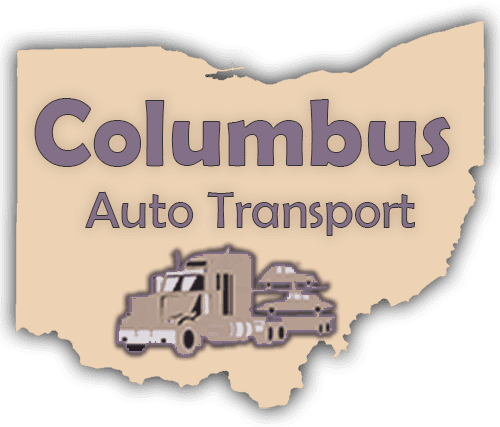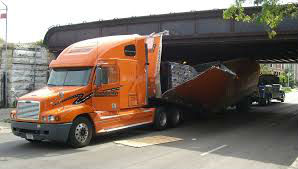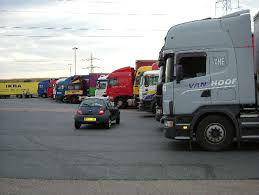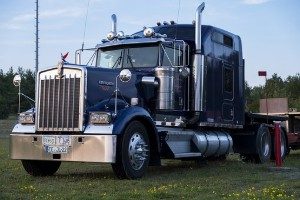*Read our newest article on how to navigate bridges safely here.
Sure, the videos of the incidents are entertaining. They provide endless amounts of enjoyable YouTube fodder. Still, in the end, despite its must-see-TV quality, the issue of too tall trucks crashing into overhanging bridges is a legitimate problem.
In these videos trucks try to squeeze under bridges they are clearly too tall for and, subsequently, they have their roofs shaved off. It’s called, at least on the internet, “can opening.”
Lee Yoakum, the spokesman for the city of Delaware, put it best. “It’s hilarious but it’s not.” In fact, Delaware teamed up with the Ohio Department of Transportation to build and install a laser-guided warning system for trucks along the Central Avenue bridge. This location is notorious for scalping many a truck.
The cost for the state to add these state-of-the-art alert warning lights was a whopping $180,000. Yoakum is hopeful that the system, the first one like it in Ohio, will make a difference. After all, everyone involved, except the YouTube watchers, have had enough of these “can openings.”
ODOT doesn’t keep a running tab of this kind of bridge accidents. Nevertheless, the ones they have charted, nine have caused the bridges to be repaired. That gets expensive.
Ohio Permit System
Currently, drivers are mandated to obtain and pay for all the permits germane to oversize loads. The intent of this process is to avoid these kind of accidents. In fact, the permits come with routing information so drivers can absolutely these kind of situations.
So why does the problem remain? And it does, just watch those YouTube videos. They always uploading new videos. Officials say that drivers often ignore the permit requirements or some of even forge them altogether. Moreover, sometimes it’s not about an oversized load, they just have a material sticking up.
ODOT makes it clear that when these incidents do occur, they pursue the driver to cover repairs, not the taxpayer.
If the bridge is damaged, however, ODOT goes after the offender so that taxpayers aren’t stuck with repair costs. Officials from the Ohio Trucking Association say the Ohio permit design is strong and that ideally, it should eliminate the problem.
Early returns on the new alert system for this particular Ohio bridge have been positive. Data suggests more over-sized trucks are turning around. This bodes well for the state and its repair budget, however, this could mean the beginning of the end for those beloved and hilarious YouTube videos.






